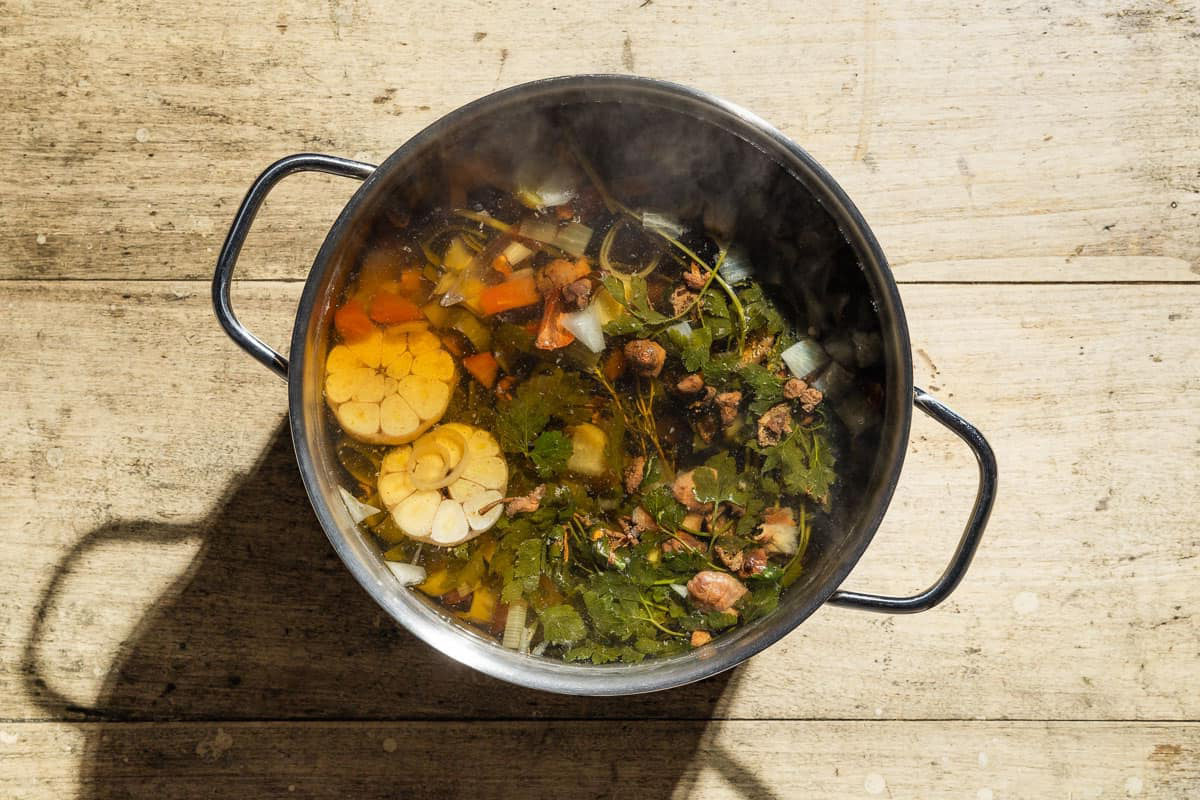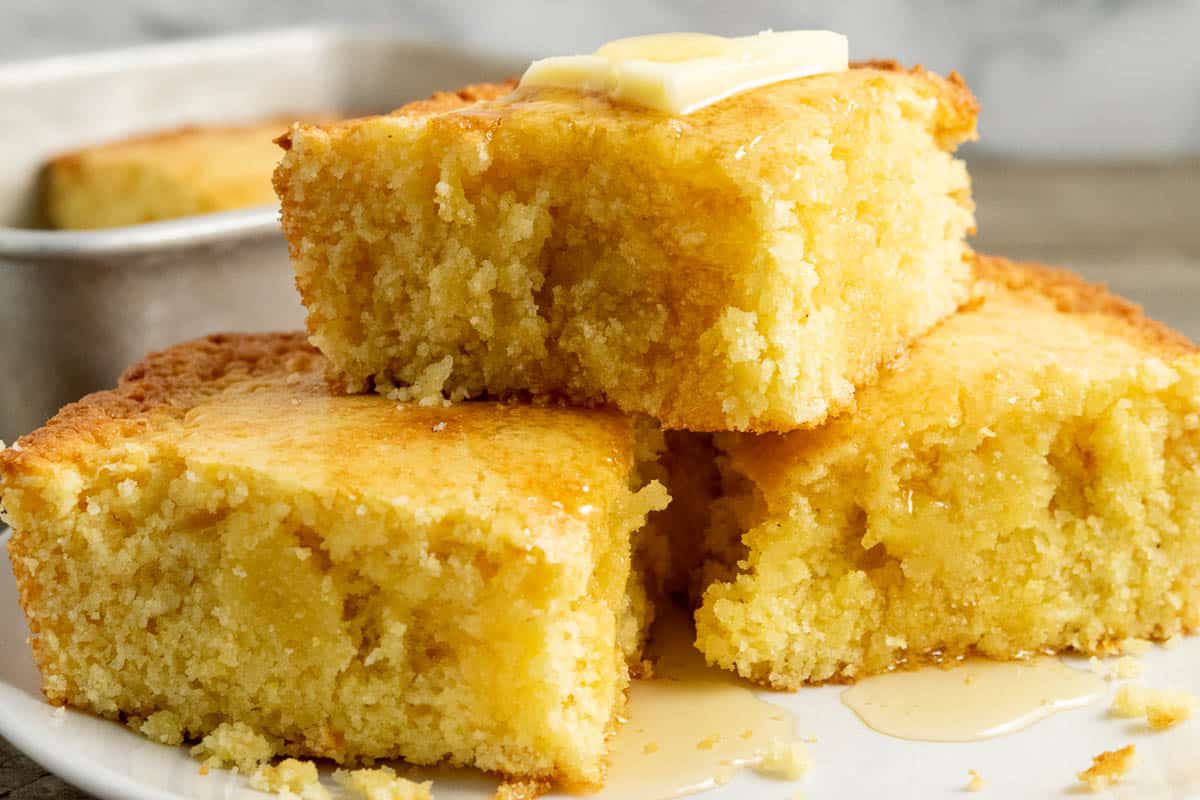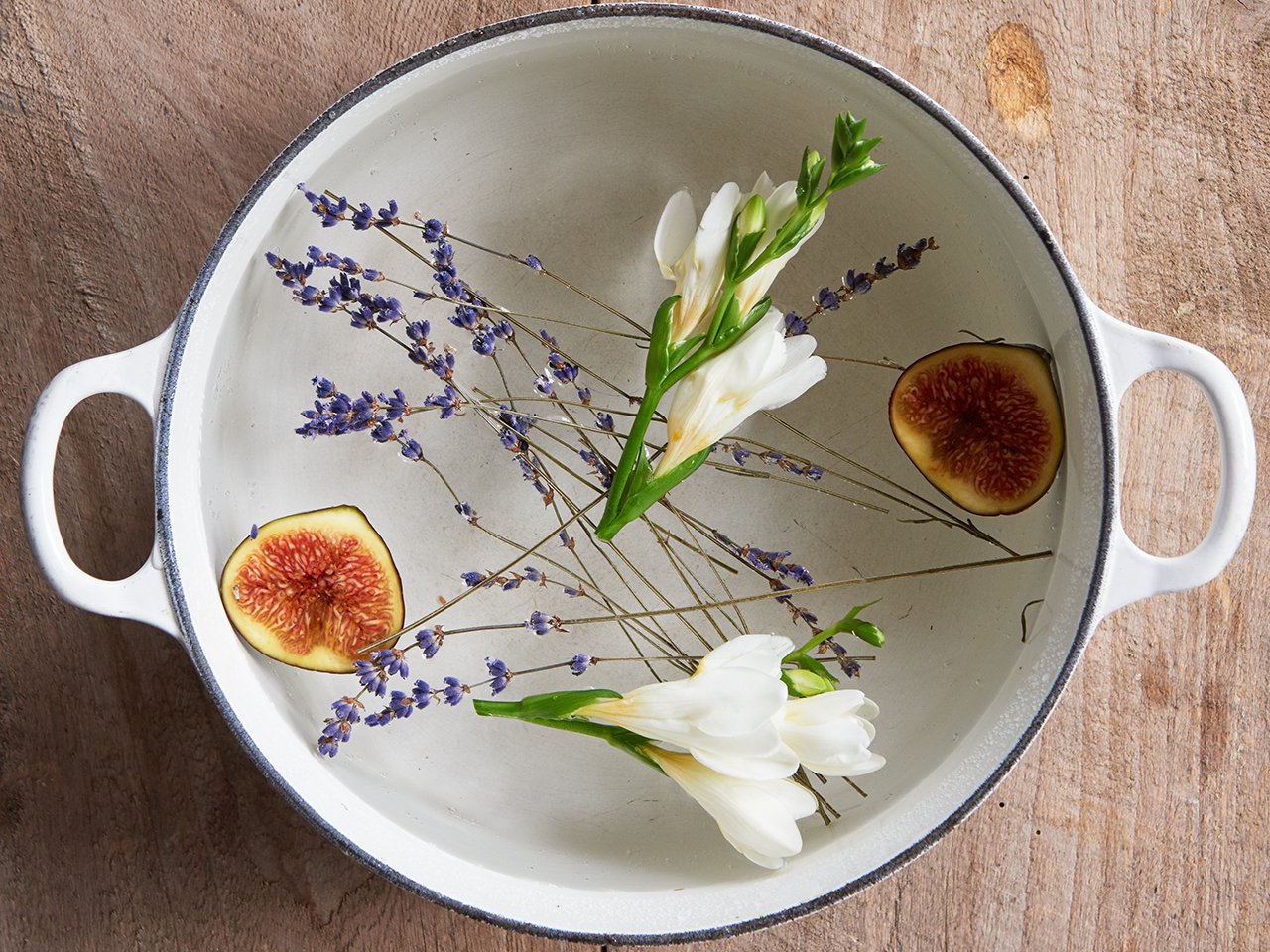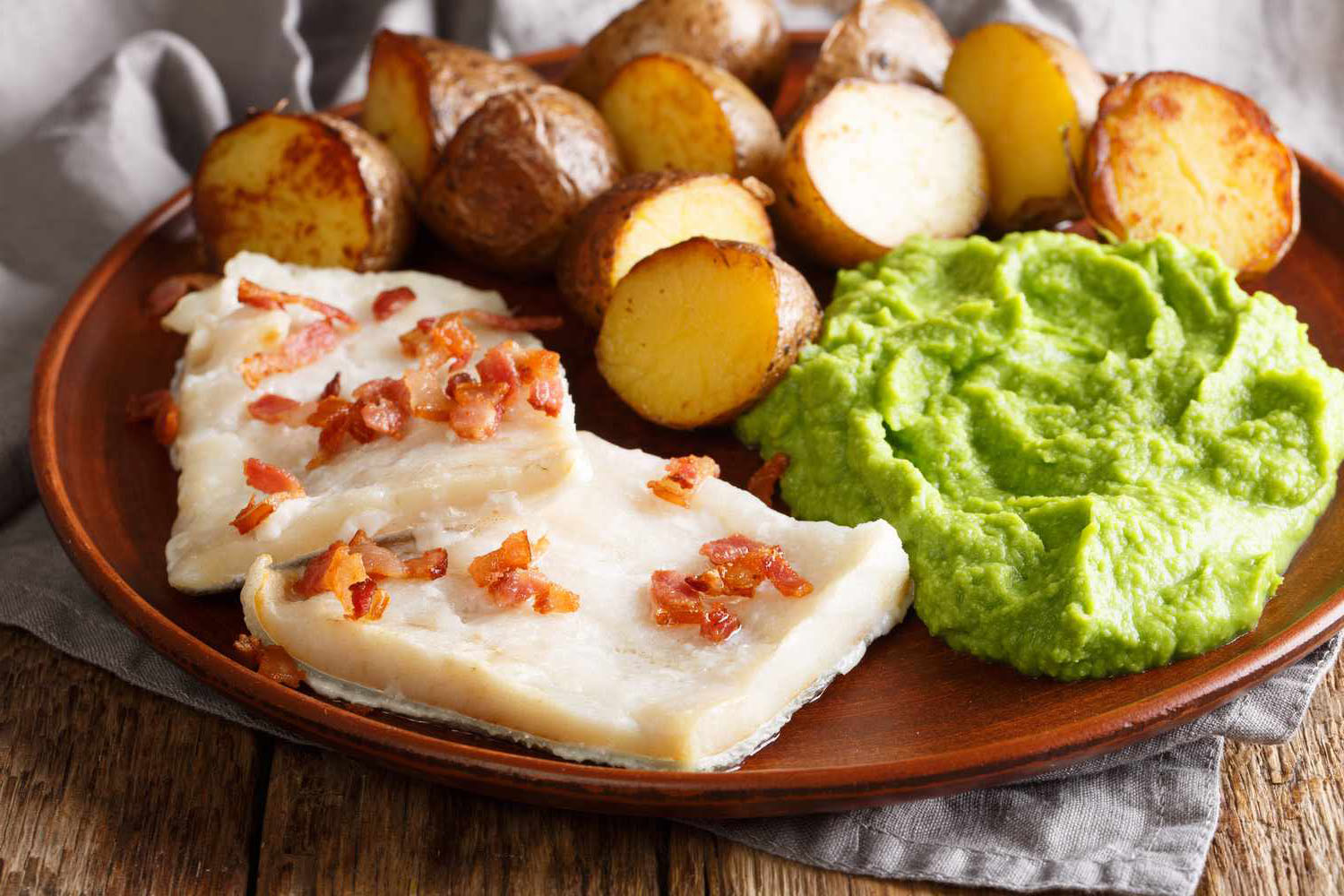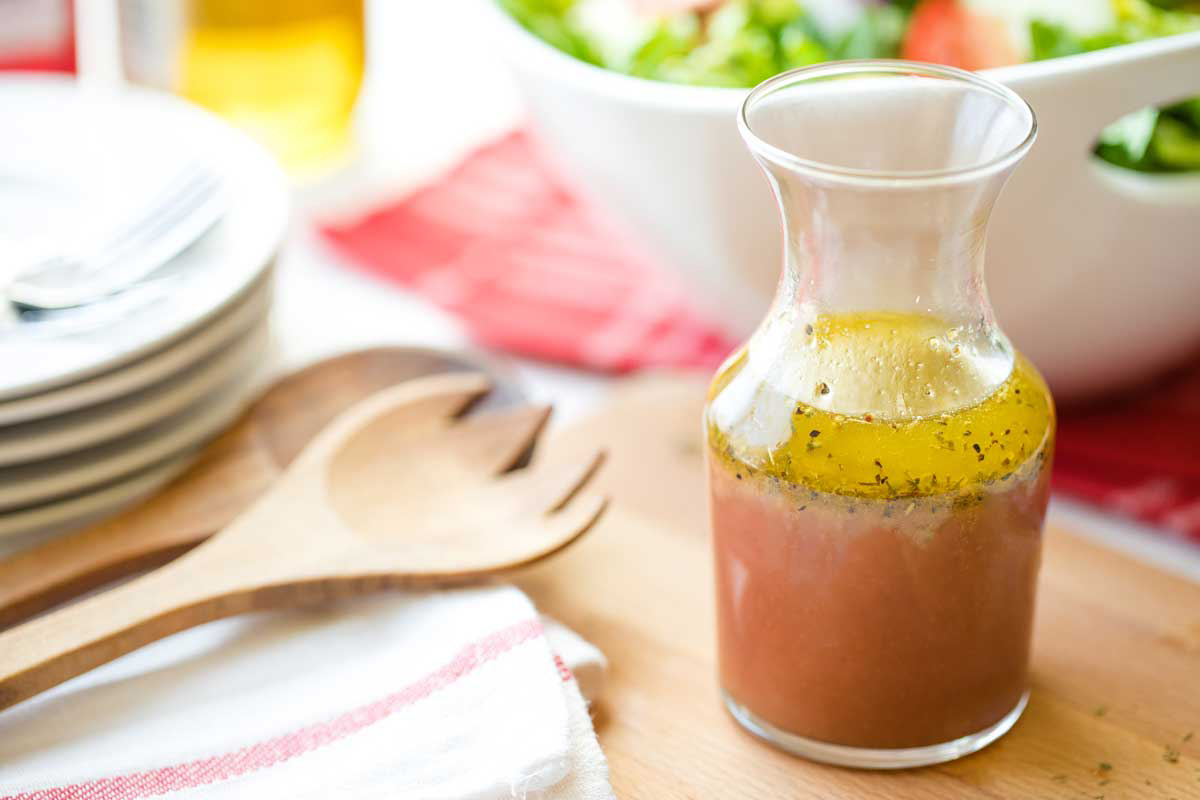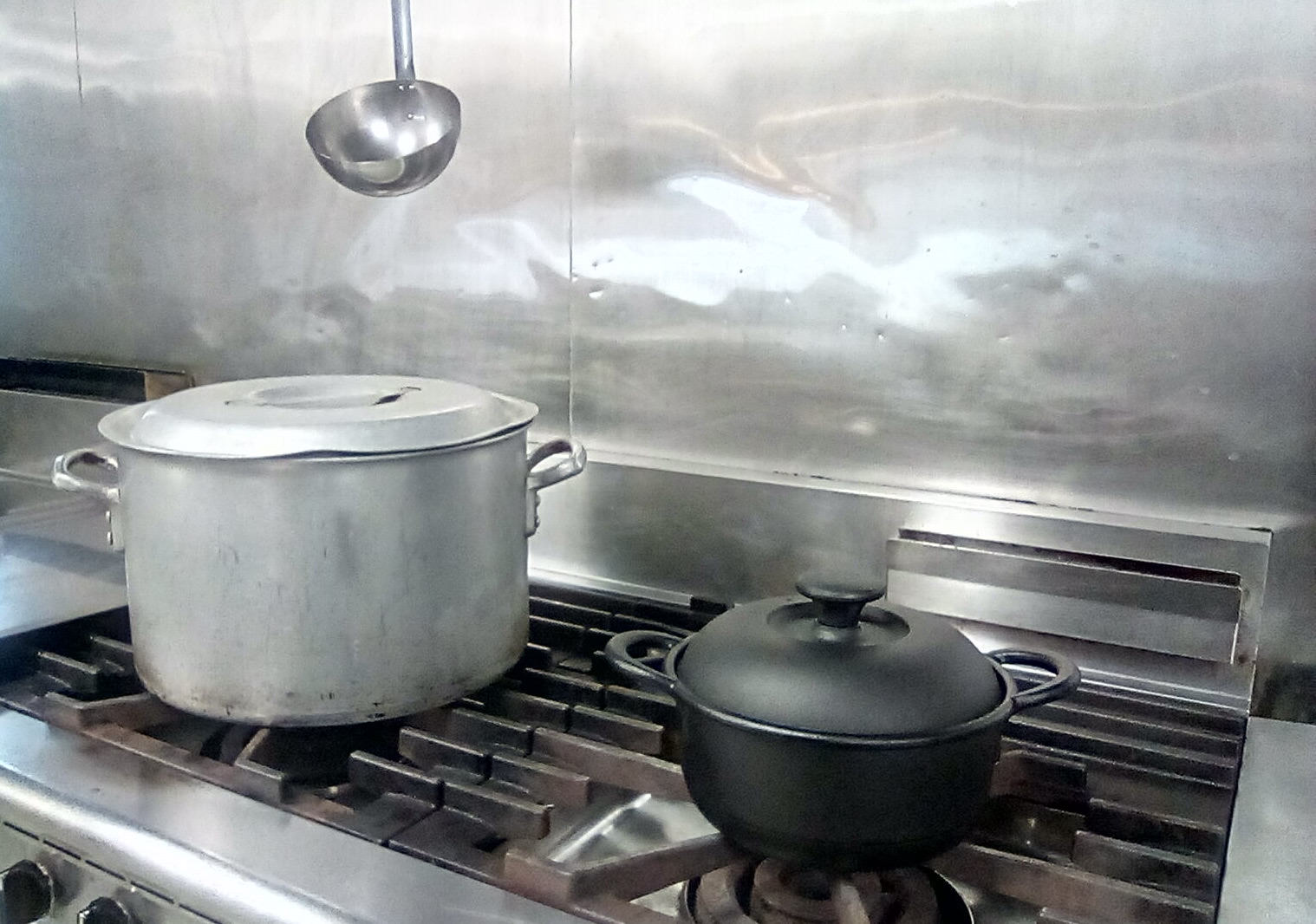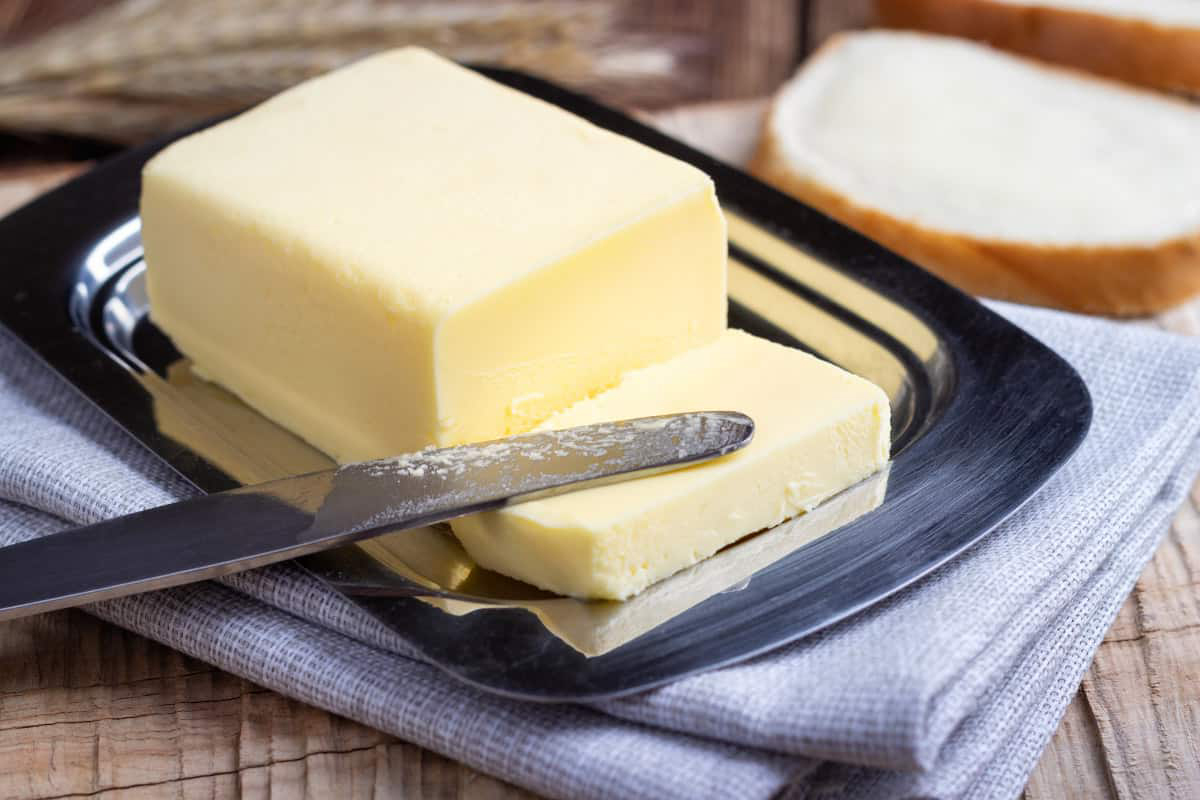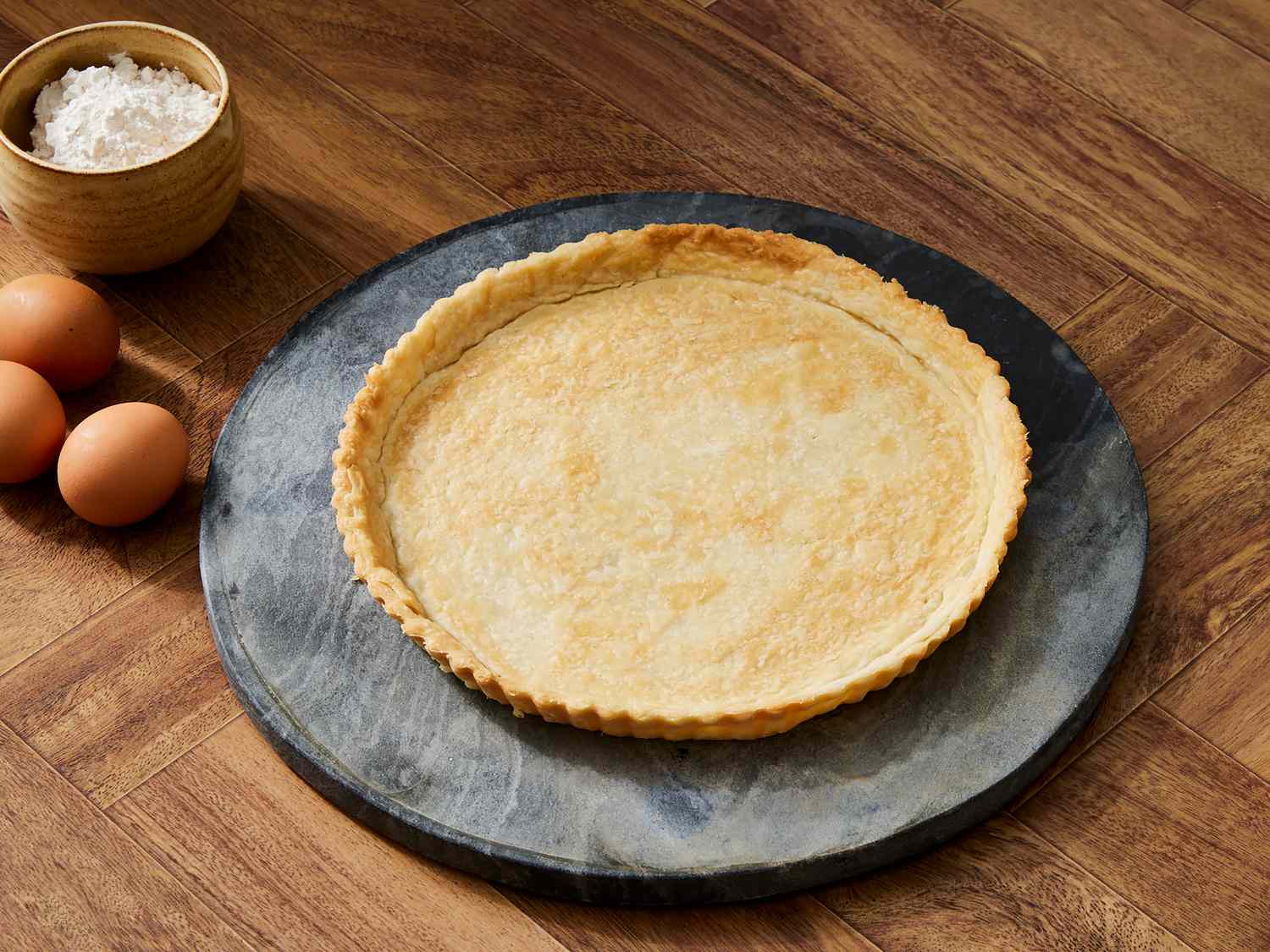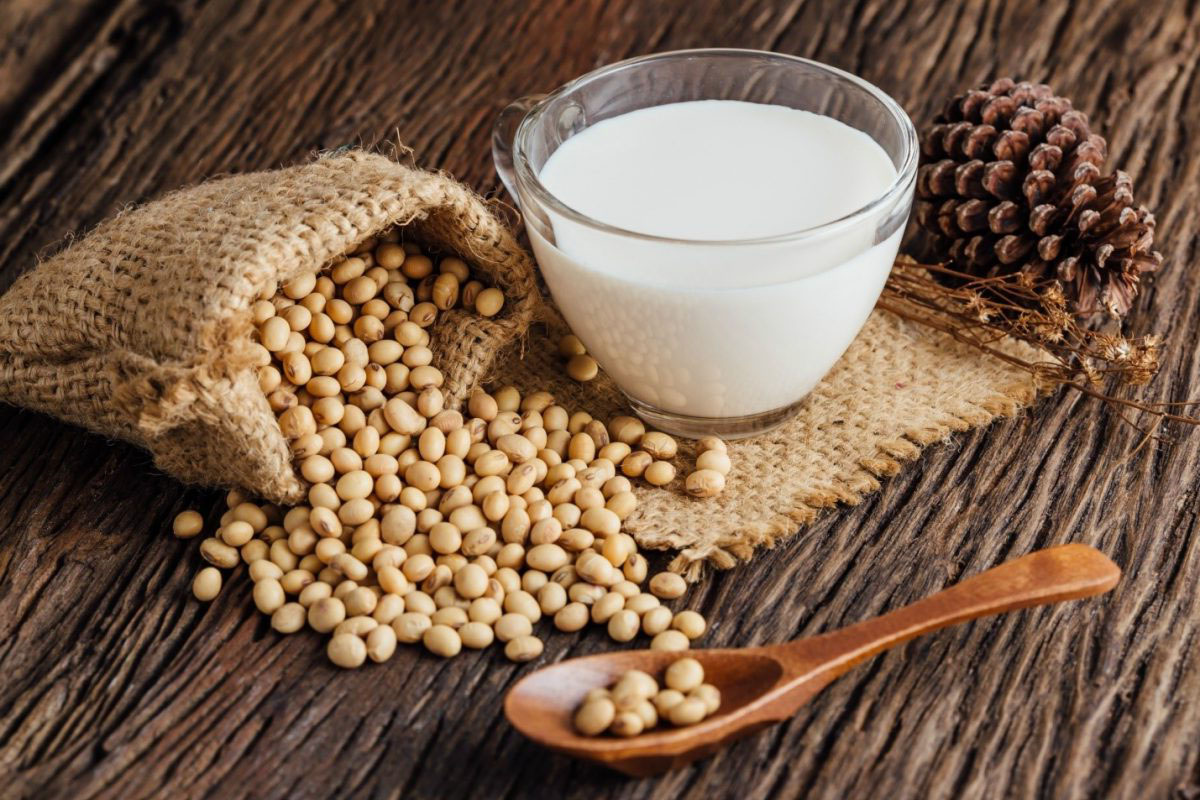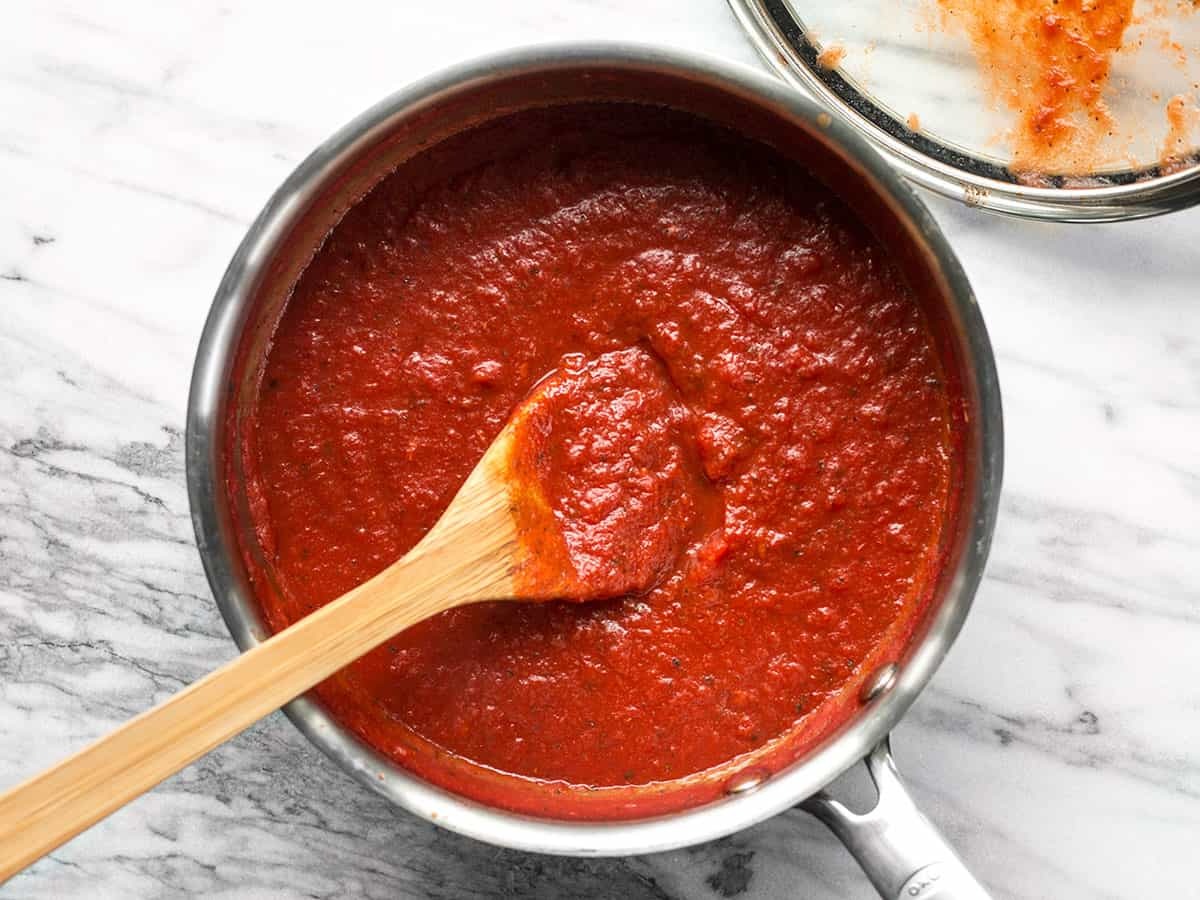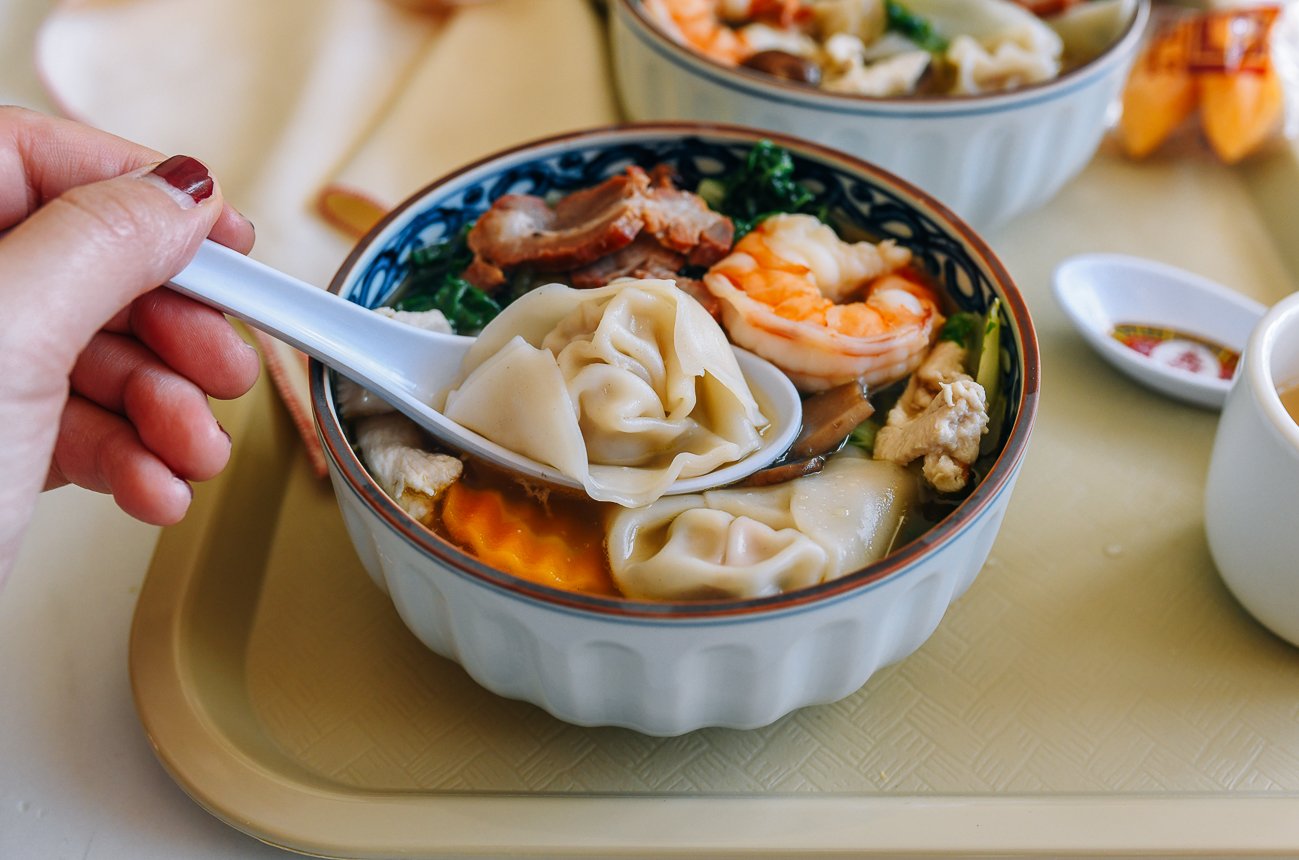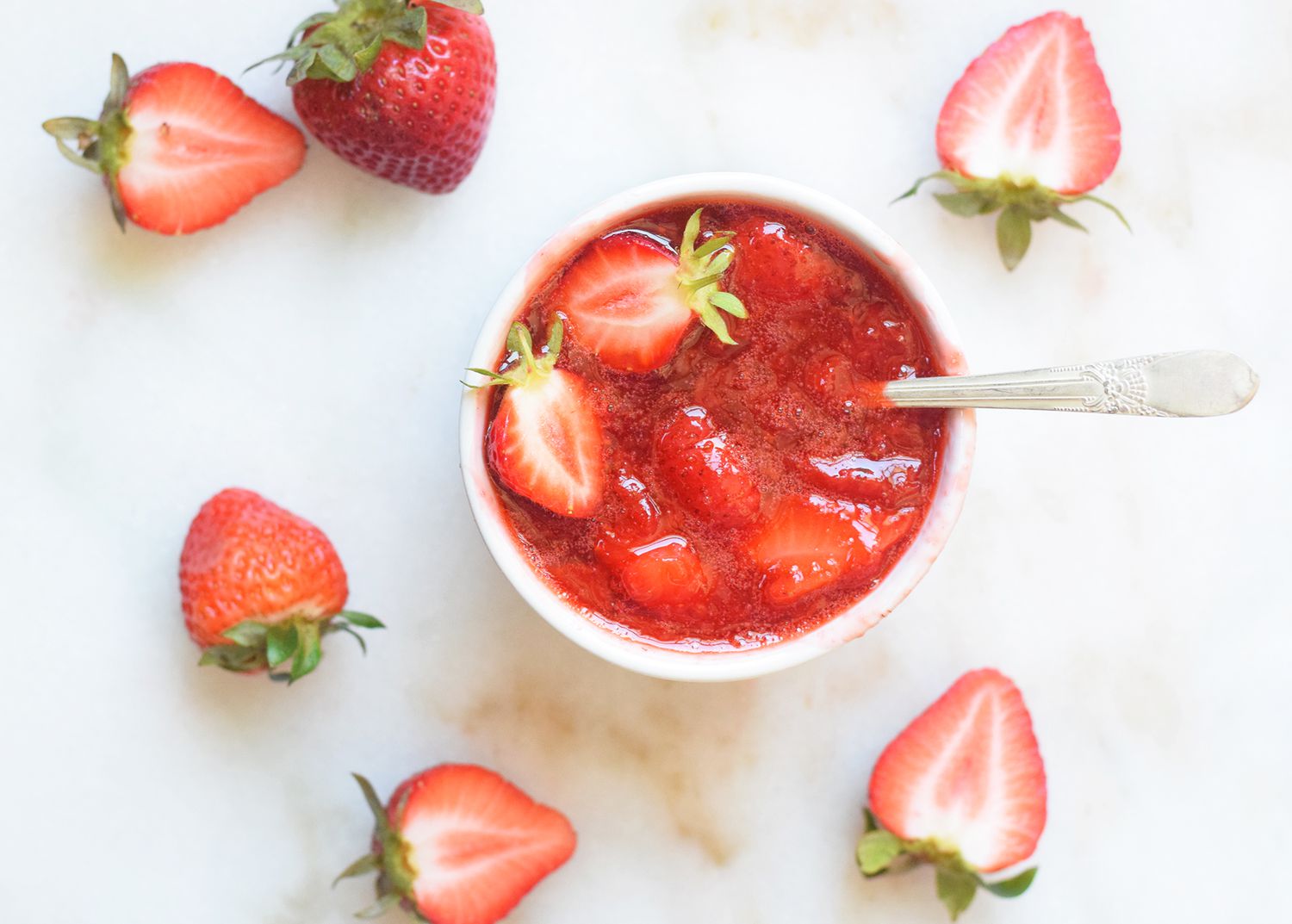Understanding Vegetable Base
When it comes to cooking, one of the most versatile and flavorful ingredients you can use is vegetable base. But what exactly is vegetable base, and how can you use it to enhance your dishes? Let’s take a closer look at this essential ingredient.
What Is Vegetable Base?
Vegetable base is a concentrated paste or powder made from a blend of vegetables, herbs, and seasonings. It serves as a flavorful foundation for soups, stews, sauces, and other dishes. Vegetable base is a convenient way to add depth and complexity to your cooking without the need to chop and prepare a variety of fresh vegetables.
How Is Vegetable Base Used?
There are several ways to use vegetable base in your cooking:
- Stock: Vegetable base can be used to make a quick and flavorful vegetable stock. Simply dissolve the base in hot water, and you have an instant stock that can be used as a base for soups and sauces.
- Flavoring: Vegetable base can be added directly to dishes to enhance their flavor. Whether you’re making a pot of chili, a batch of mashed potatoes, or a vegetable stir-fry, a spoonful of vegetable base can take the flavor to the next level.
- Seasoning: Vegetable base can be used as a seasoning for marinades, dressings, and dips. Its concentrated flavor adds depth to a wide range of dishes.
Benefits of Using Vegetable Base
There are several benefits to using vegetable base in your cooking:
- Convenience: Vegetable base provides the flavor of a variety of vegetables in a concentrated form, saving you time and effort in the kitchen.
- Consistency: Using vegetable base ensures that your dishes have a consistent flavor, as the intensity of the base can be easily adjusted to suit your taste.
- Versatility: Vegetable base can be used in a wide range of dishes, making it a versatile addition to any kitchen.
Choosing the Right Vegetable Base
When selecting a vegetable base, it’s important to consider the ingredients and flavor profile that will best complement your dishes. Some vegetable bases may have a more intense flavor, while others may be milder. Additionally, consider whether you prefer a paste or a powder, as both have their own unique uses in the kitchen.
In Conclusion
Vegetable base is a valuable ingredient that can elevate the flavor of your cooking in a convenient and versatile way. Whether you’re making soups, sauces, or simply looking to add depth to your dishes, vegetable base is a must-have in any kitchen.
Next time you’re looking to enhance the flavor of your cooking, consider reaching for a jar of vegetable base and discover the difference it can make in your dishes.
Was this page helpful?
Read Next: What Is Shake ‘N Bake?
